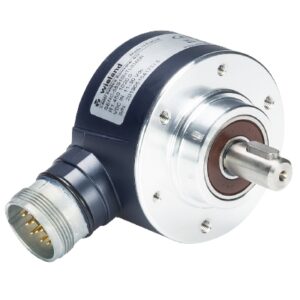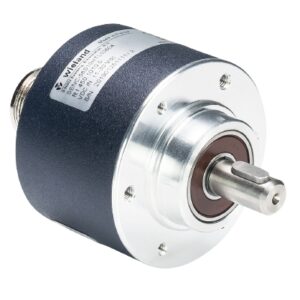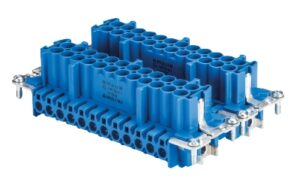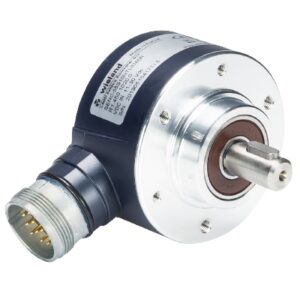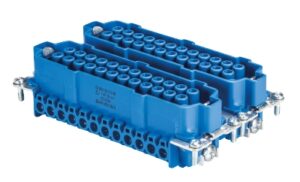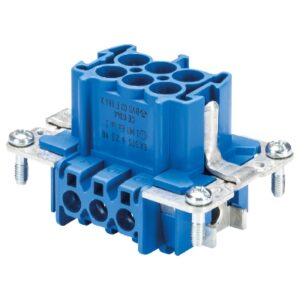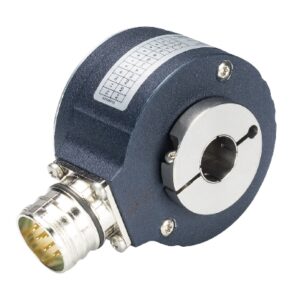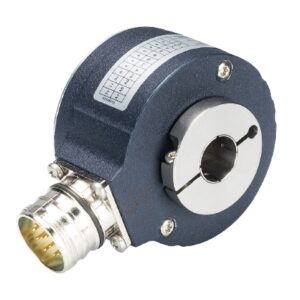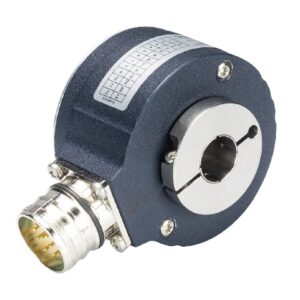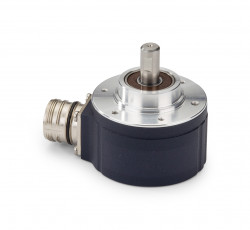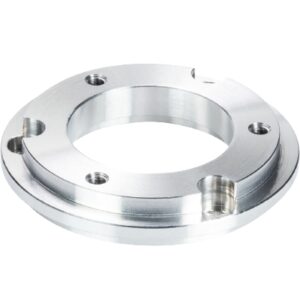Safety encoders play a critical role in industrial settings by enabling other components to monitor the speed, direction, and position of motors and loads while…
Safety encoders play a critical role in industrial settings by enabling other components to monitor the speed, direction, and position of motors and loads while providing vital feedback in the event of predefined unsafe conditions. Without the input from a safety-rated encoder, even the most advanced safety controllers and safety-enabled drive systems are limited. In essence, a safety-rated encoder is certified to adhere to rigorous safety standards such as IEC 61508, SIL3, and ISO 13849, Cat. 3 PLe.
Practically speaking, a safety encoder includes:
Safe Mechanical Interface
Safety encoders often feature oversized or redundant mechanical interfaces, such as the use of a key-way and a locking collar, ensuring they remain secure and reliable in demanding industrial environments.
Onboard Sensors for Equipment Monitoring
These encoders are equipped with onboard sensors, including temperature sensors to evaluate motor windings. This continuous monitoring adds an extra layer of safety to your machinery.
Dual Sensing Mechanisms
Safety encoders utilize dual sensing mechanisms to prevent common-cause failures. They typically combine a digital absolute optical sensor and an incremental analog optical sensor for increased reliability.
Two Separate Data Channels
To ensure robust data transmission, safety encoders incorporate two separate channels. One channel is dedicated to transmitting absolute digital data, while the second channel transmits incremental analog data and diagnostic information from onboard sensors.
Safety-Rated Electrical Interface
Safety encoders use a safety-rated electrical interface to transmit data from the slave encoder to the master, whether it’s a drive or PLC, ensuring that data transmission is secure and reliable.
Safety-Rated Communications Protocol
These encoders operate using a safety-rated communications protocol, ensuring that data transfer between components meets the highest safety standards.
Onboard Diagnostics and Self-Test
Safety encoders are equipped with onboard diagnostics and self-testing capabilities, allowing them to proactively identify and address potential issues, enhancing overall system safety.
It’s essential to keep in mind that the safety level of a system is only as strong as its least-reliable element. Connecting a SIL3 encoder to components with lower safety ratings will not result in a SIL3 system, emphasizing the importance of maintaining consistency in safety standards throughout the system.
Broader Integration with Safety & Automation Systems
In modern industrial environments, safety encoders are only one part of an integrated safety architecture. These systems will work in tandem with various critical components such as safety PLCs, safety contactors or safety light curtains (including muting light curtains) to ensure real-time hazard detection and safe machine shutdown. Common peripheral safety devices like the emergency stop button, two hand station, and emergency stop rope pull are all effectively managed by the safety PLC’s logic structure.
Advanced installations frequently incorporate safety relays, safety non-contact switches, RFID switches, mechanical interlock switches, and solenoid locking switches—each adding specific protective functions to the machinery. In addition to safety encoders, to maintain continuous system health, engineers also deploy other forms of monitoring systems, such as standstill monitors, speed monitors, soft starters, and reversing contactors. For measuring the product itself, solutions such as measurement light curtains can be integrated.
Beyond motion and logic safety, electrical condition monitoring is equally essential. Devices like insulation monitors, battery monitors, current monitors, voltage monitoring relays, phase sequence relays, undervoltage relays, and undercurrent monitoring relays are often integrated to detect anomalies in power flow or equipment performance, with this data displayable on HMI Touch Panels or similar systems. To support reliable operation, high-quality power relays and regulated power supplies are essential.
Functional Safety Standards
Functional safety is more than just component performance; it’s the operation of the entire system that defines safety. A safe machine operates within predefined parameters to ensure the well-being of both equipment and operators. When the equipment, control logic, or operators attempt to operate the machine outside these parameters, safety components should intervene, preventing further action and placing the equipment in a known safe state.
Key functional safety standards include:
- IEC EN 61508 Parts 1 to 3: The core functional safety standard widely applied to all types of safety-critical electrical/electronic/programmable systems (E/E/PS), defining the Safety Integrity Level (SIL) safety rating framework.
- IEC 61800-5-2: This standard is specific to adjustable speed electrical power drive systems, outlining safety requirements and functional safety features like SLS, SDI, and SLI.
- IEC 62061: Focused on safety of machinery, it covers the functional safety of safety-related E/E/PS and is based on EN 61508.
- ISO 13849-1, -2: These standards address the safety of machinery, specifically safety-related parts of control systems. They define the Performance Level (PL) safety rating framework, offering a technology-independent approach to control system safety in machinery.
Explore Safety Encoders
- Variety of Models: Browse our range of safety encoders, each designed to meet rigorous safety standards and provide precision and reliability.
- Technical Specifications: Learn more about the technical specifications of our safety encoders, including resolution, output types, and safety certifications.
- Safety in Action: Discover how safety encoders contribute to creating safer, more efficient industrial environments.
For more information you can read about our blog post here.
If you are unsure about your application contact Venus now. We solve problems!

